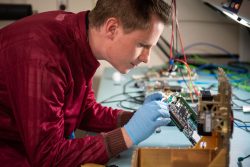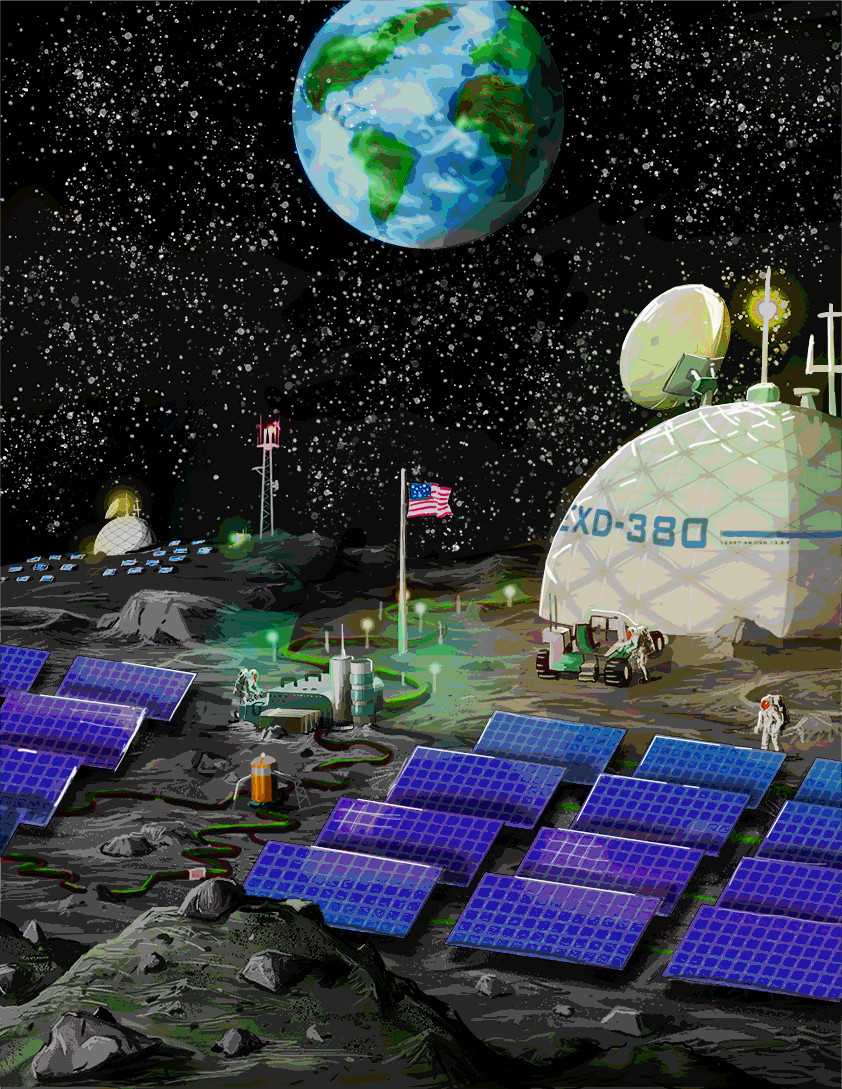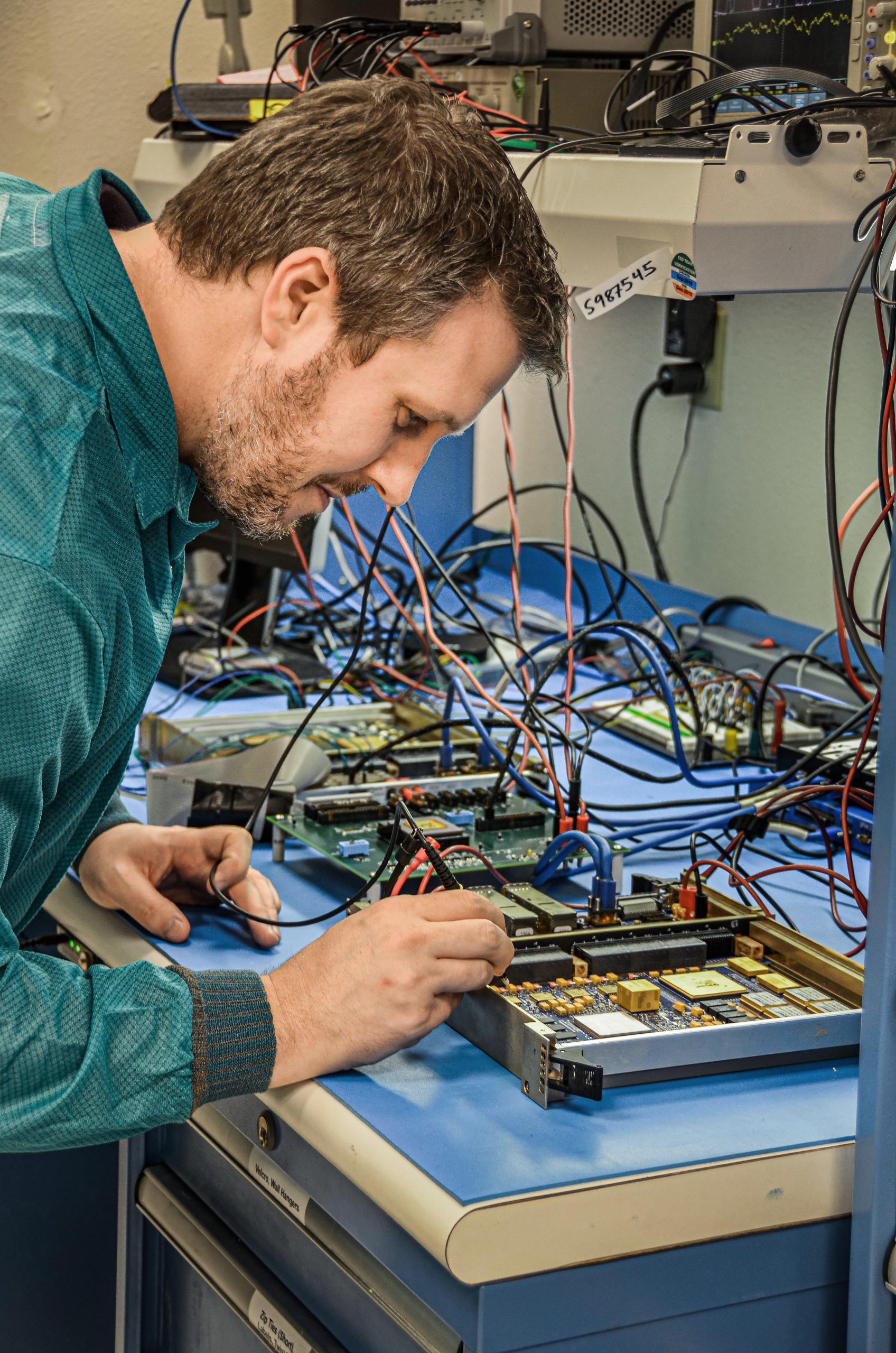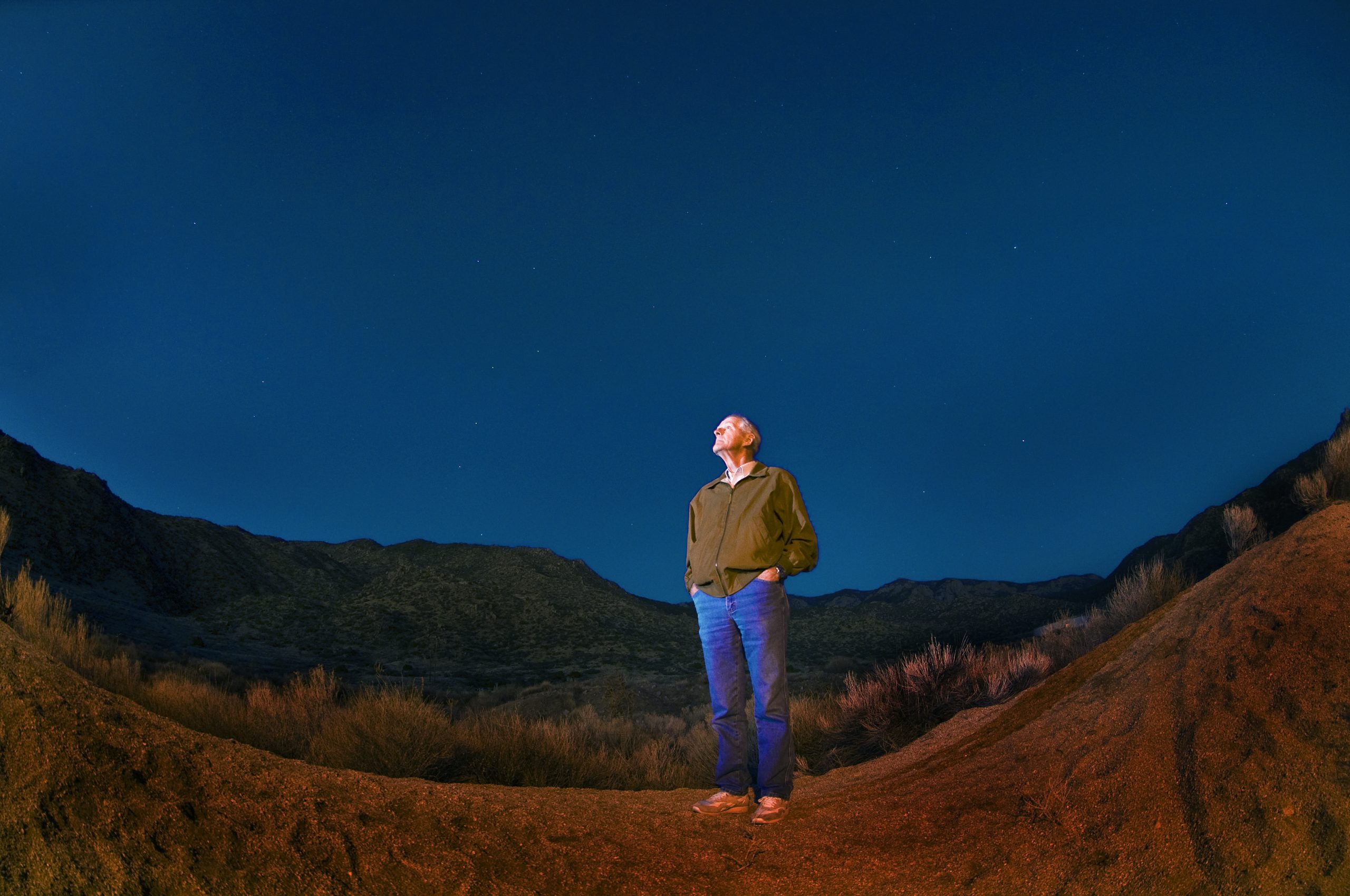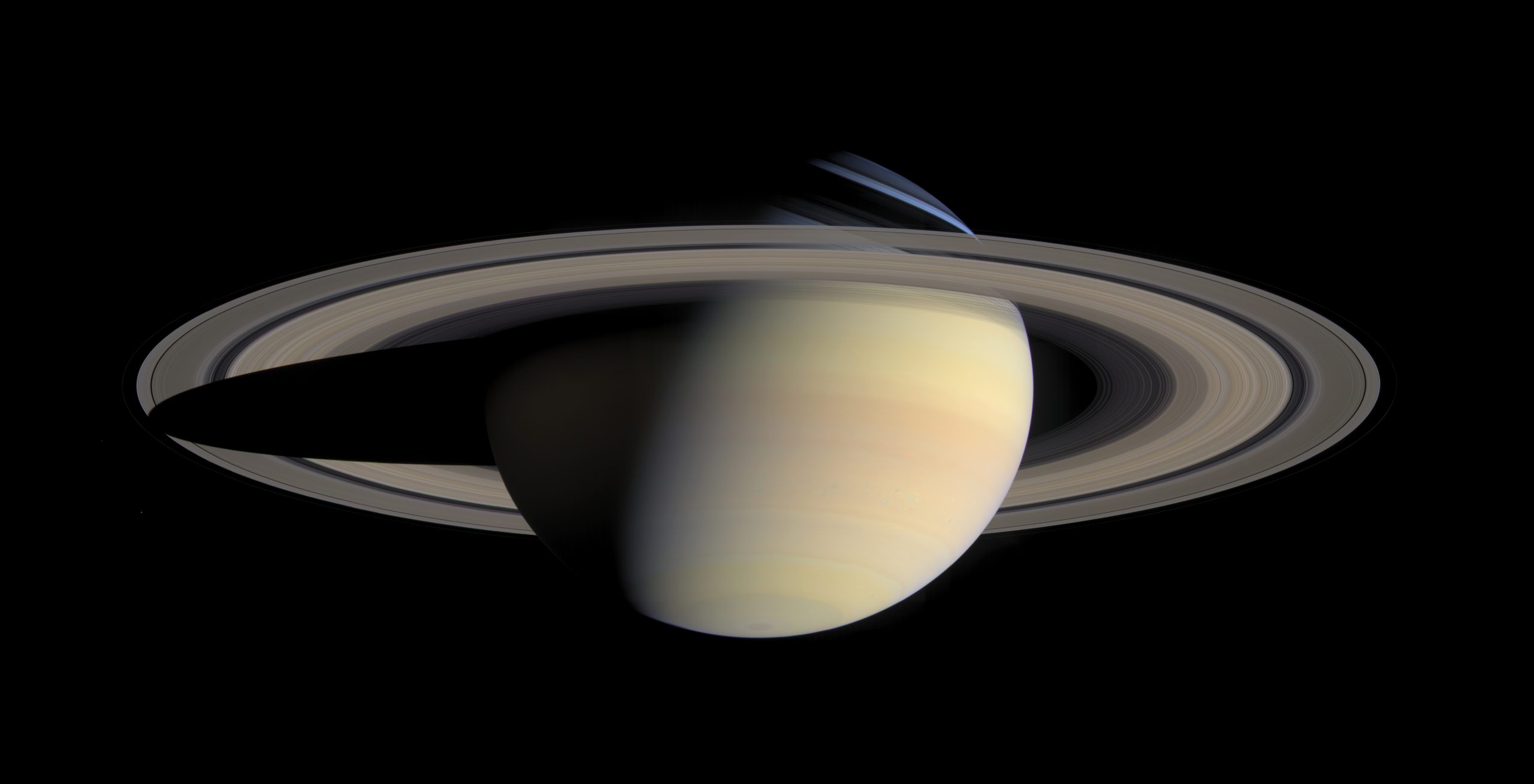July 29, 2025 • John Sandusky, a scientist at Sandia National Laboratories, believes he has found a way to put heliostats, which typically turn solar energy into electricity, to work in the dark.
Categories: Science / Technology / Engineering, Space / Astronomy

